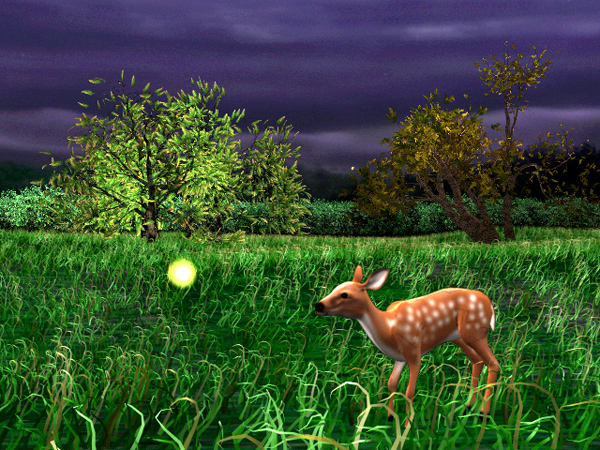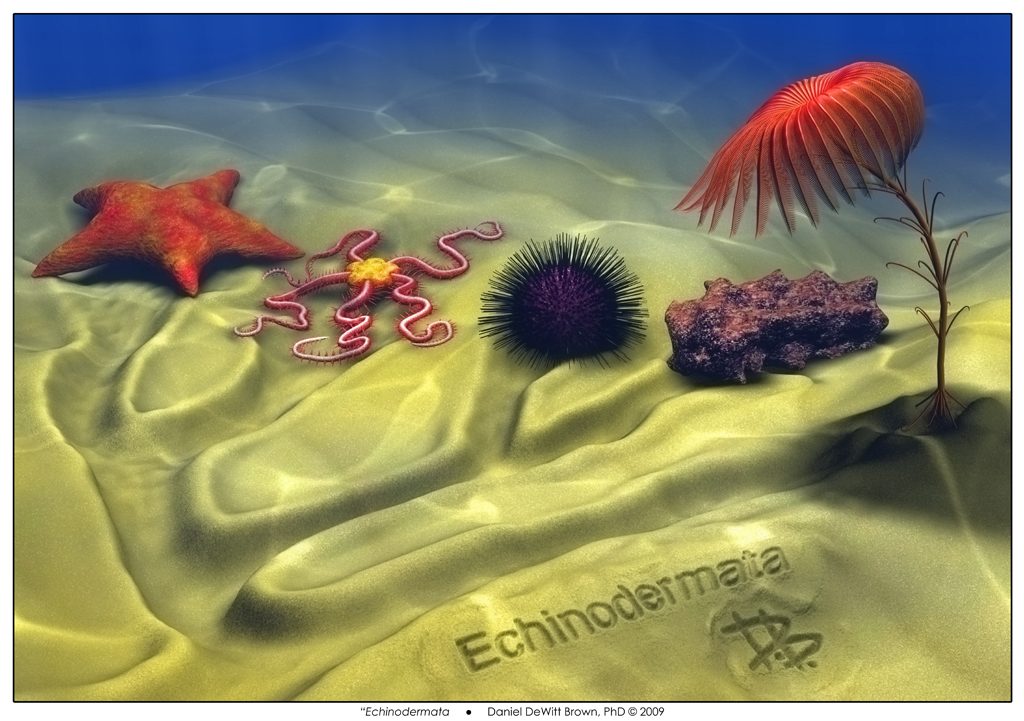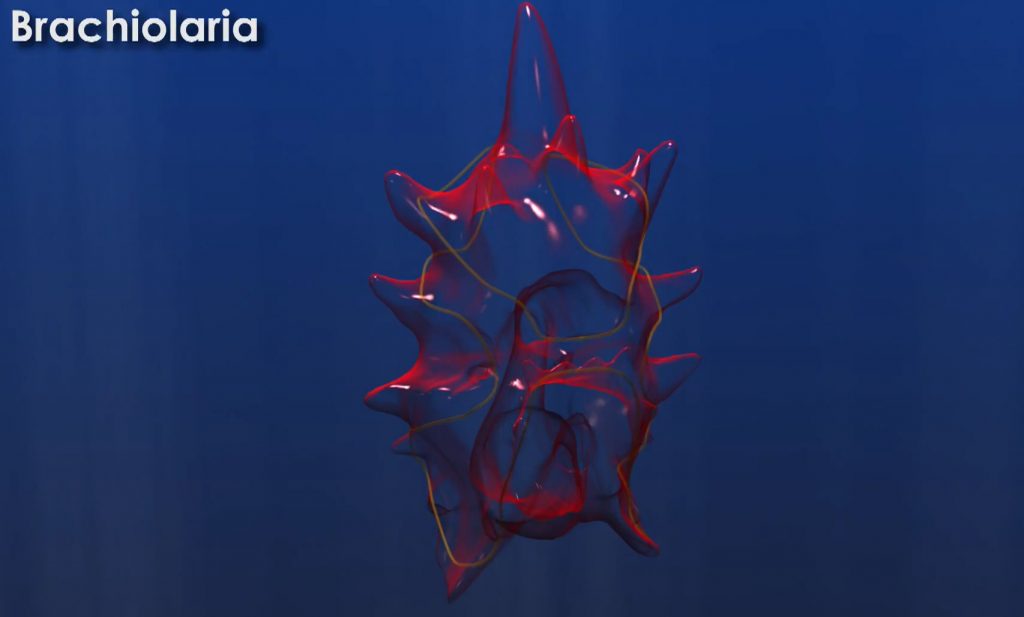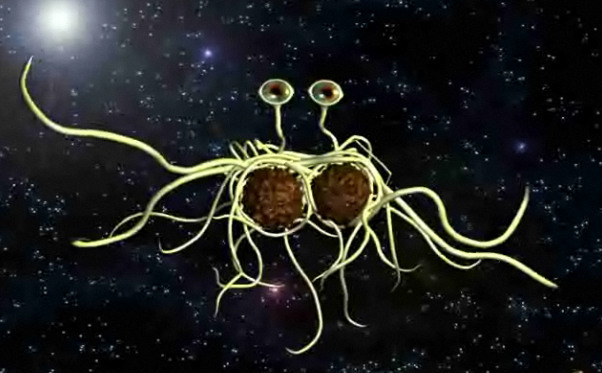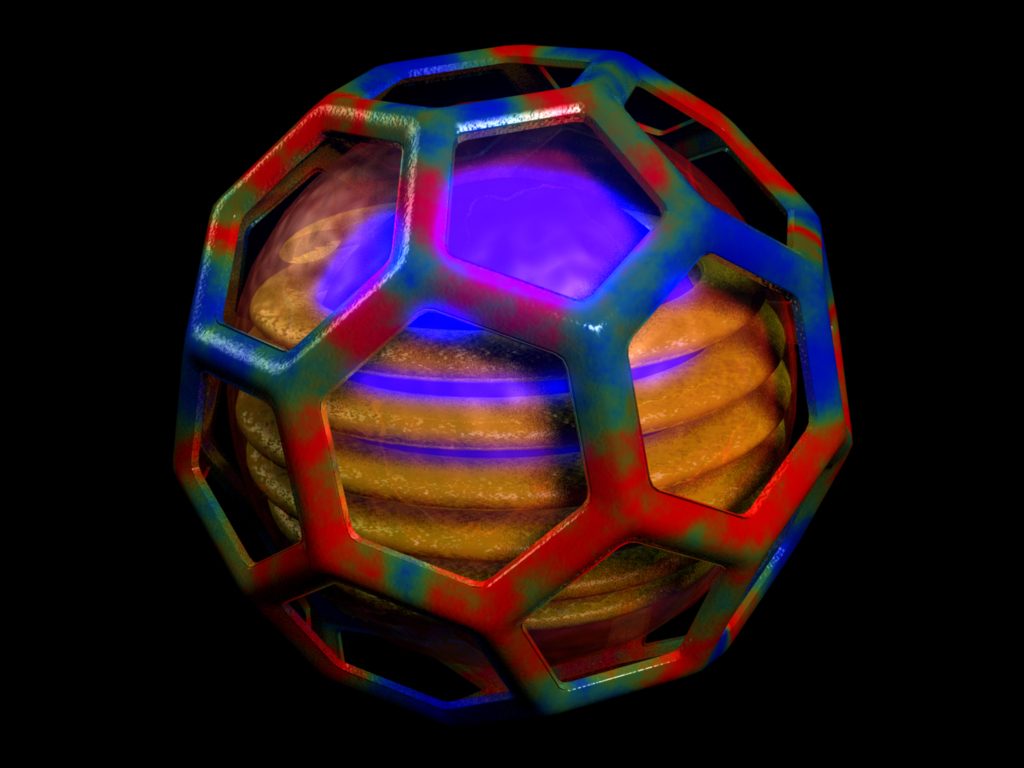“Moonbeam Death Ray” by Bronze Fawn
I made this video back in 2006 for an old high school friend who was in the Seattle band “Bronze Fawn” (he’s no longer with them). It was the first animation I ever made, apart from a couple of tiny tutorials, so really I learned animation by trying to make this video (I used Maya 6 software). It took many months and countless hours, but it’s really the project that got me hooked on digital art.
When I originally uploaded this video to YouTube it ended up getting almost 500,000 views thanks to a feature on the front page. Looking back now, the original upload is barely watchable because the resolution is so low. I managed to dig up this higher resolution version and decided to upload it.
The song is “Moonbeam Death Ray.”
The band is “Bronze Fawn.”
Hopefully you can make the connection at the end 🙂
